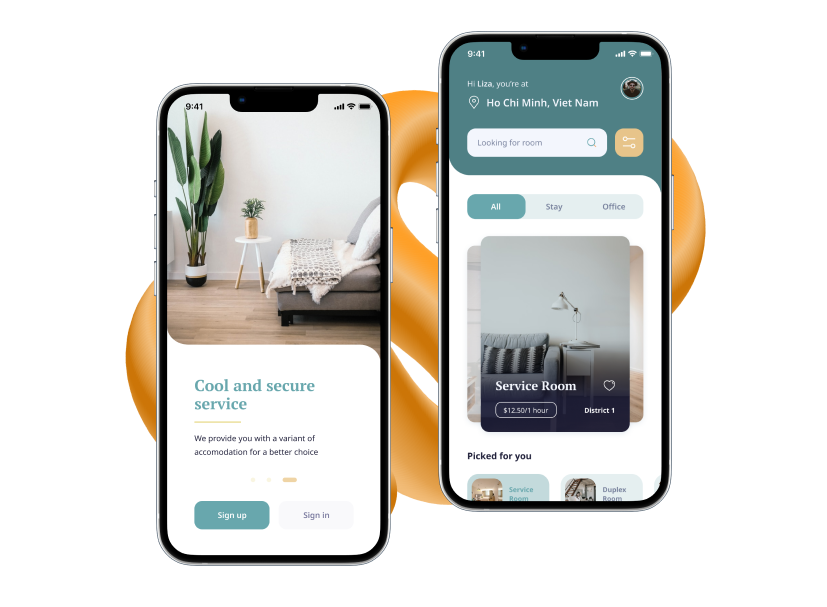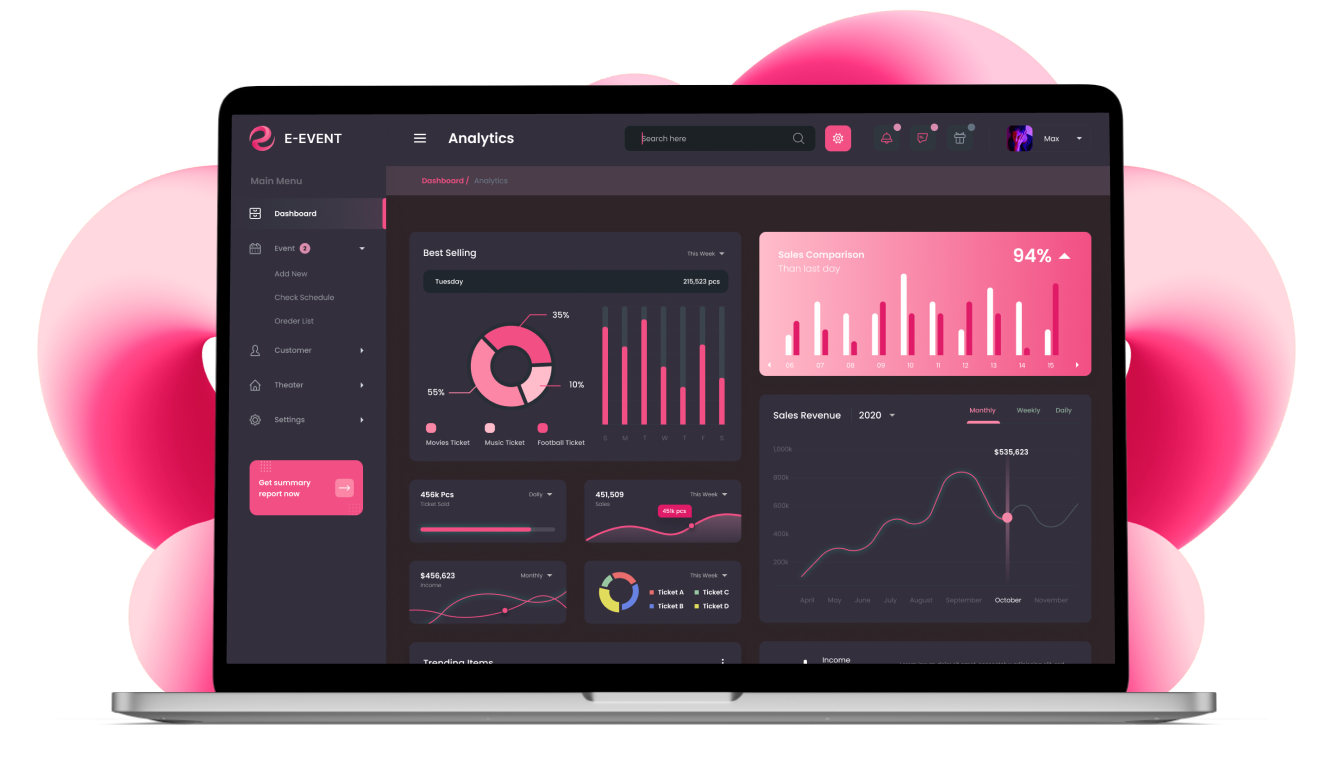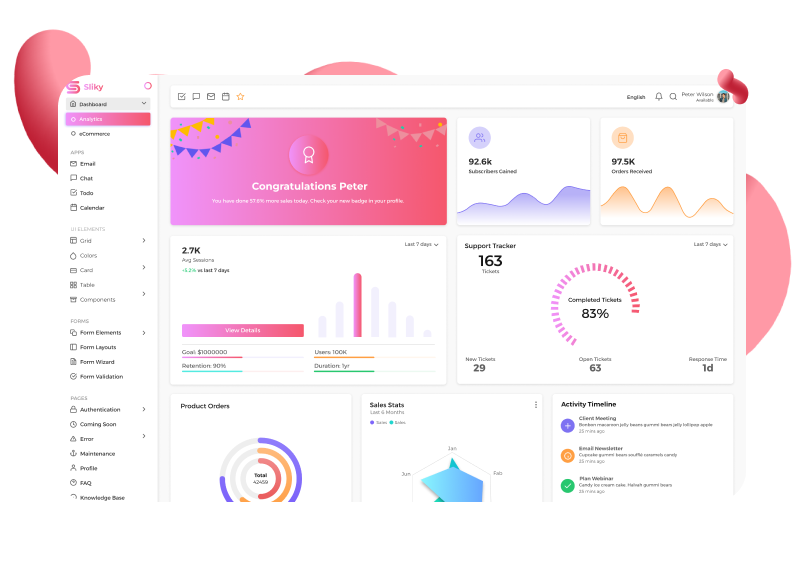
Our design process started with a meticulous analysis of the client’s website, vision, and preferences. We thoroughly assessed PRIZ Guru's current platform challenges, competitors, and target audience while identifying areas for improvement, user needs, and pain points by conducting user surveys and stakeholder interviews. This essential research step laid the foundation for the whole redesign process by ensuring alignment with the platform’s business objectives and user goals.

At this stage, we crafted detailed wireframes to outline the layout and structure of PRIZ Guru’s interface. By leveraging the wireframes, our design team managed to visualize navigation paths, core functionalities, and the flow of information across the website. By testing interactions and different layouts before committing to visual design, we focused on usability and came up with a well-structured, clear blueprint for the platform.

Here, we worked on the approved wireframes, transforming them into engaging and visually appealing user interfaces that reflected the PRIZ Guru’s brand identity. By using appropriate iconography, typography, charts, and color schemes, our design team shaped a cohesive style guide for the platform. We came up with a redesigned website with a professional, polished appearance while focusing on clarity and usability for engineering users.

In this phase, we implemented adaptive design principles for the PRIZ Guru website to ensure usability and accessibility across all devices. By optimizing design elements and layouts for various resolutions and screen sizes, including smartphones, tablets, and desktops, we helped the company reach a broader audience of engineers and engineering organizations who accessed the website from various devices. Our design team ensured visual consistency and seamless functionality that matter to engineering professionals.

In the final stage, we crafted a detailed, clickable, interactive website model prototype. This way, we showcased the redesigned PRIZ Guru platform with real user interactions, enabling stakeholders to experience the platform’s functionality firsthand before development. By leveraging the prototype, our team tested user interactions, navigation paths, and workflows and identified the remaining issues. So, a clickable prototype was a helpful tool for providing the client with a clear vision of the end product.









